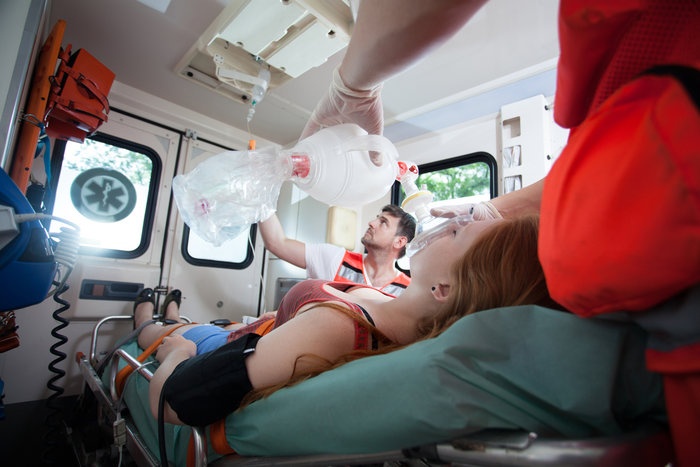
Here are a few questions for all you paramedics out there: When was the last time you decompressed a tension pneumothorax? How many surgical airways have you performed? Have you ever delivered a baby in the prehospital setting? And how many times have you performed a rapid sequence intubation?
EMS professionals tend to focus on the extreme calls – those rare interventions that afford bragging rights for years to come. But the mundane, day-to-day procedures can be just as impactful for the patient. CPR, defibrillation, intubation, and drug therapy are critical to patient outcomes, yet are often taken for granted. The same can be said of suctioning.
When it comes to clearing the airway, there is truly no substitute for effective suctioning. How else are you going to remove vomit, visualize the cords, or ventilate the patient without a dependable portable suction unit at your side? The answer? You aren’t. Let’s face it, nothing takes the place of suctioning. And three general scenarios demand prompt oral suctioning. Let’s take a quick look at each one.
The Unconscious Patient
One of the most precarious situations for a patient is when they can no longer protect their airway. And for anyone with a depressed level of consciousness or those who are unresponsive, your primary responsibility as a paramedic is to keep their airway patent. A diminished level of consciousness accompanies many medical disorders, for example:
- Diabetes
- Drug Overdose
- Cerebrovascular Accidents (CVAs)
As these patients lose consciousness, they can easily fall victim to an airway obstruction in the form of vomiting and oral secretions. That’s where your portable suction unit comes in. It should be included on any call involving patients with the potential for diminished LOC or unresponsiveness. Better yet, just keep it at your side at all times!
Placing Airway Adjuncts
If you intend to place an airway adjunct, whether it be a supraglottic or an endotracheal tube, it’s critical to include your portable suction unit as part of your airway arsenal. Even if you’re simply placing an oropharyngeal airway, you must keep that suction handy, for if the patient regains a gag reflex, there’s a good chance removal of the oropharyngeal airway will be accompanied by vomiting. When intubating the trachea, the presence of blood, vomit, or sputum can impede visualization of the vocal cords, so keep the suction by your side and be prepared to use it.
Trauma Patients
When you think of trauma, blood naturally comes to mind. The fact is, most traumatic injuries bleed, and if the trauma impacts the face, your only chance at securing the airway is by suctioning your patient. Unlike medical patients requiring suction, those suffering from traumatic injuries have the added burden of tissue and teeth impeding the airway. The typical suction catheter may not be able to handle these larger impediments, so be sure to have specialized catheters on hand for trauma scenarios.
EMS calls are inherently unpredictable, which is what you love about the job. You never know when the next call will come in or what type of emergency it will encompass. So you had better be prepared! And when it comes to the compromised airway, a reliable portable suction unit is your most effective tool.
Editor's Note: This blog was originally published in September, 2016. It has been re-published with additional up to date content.
















